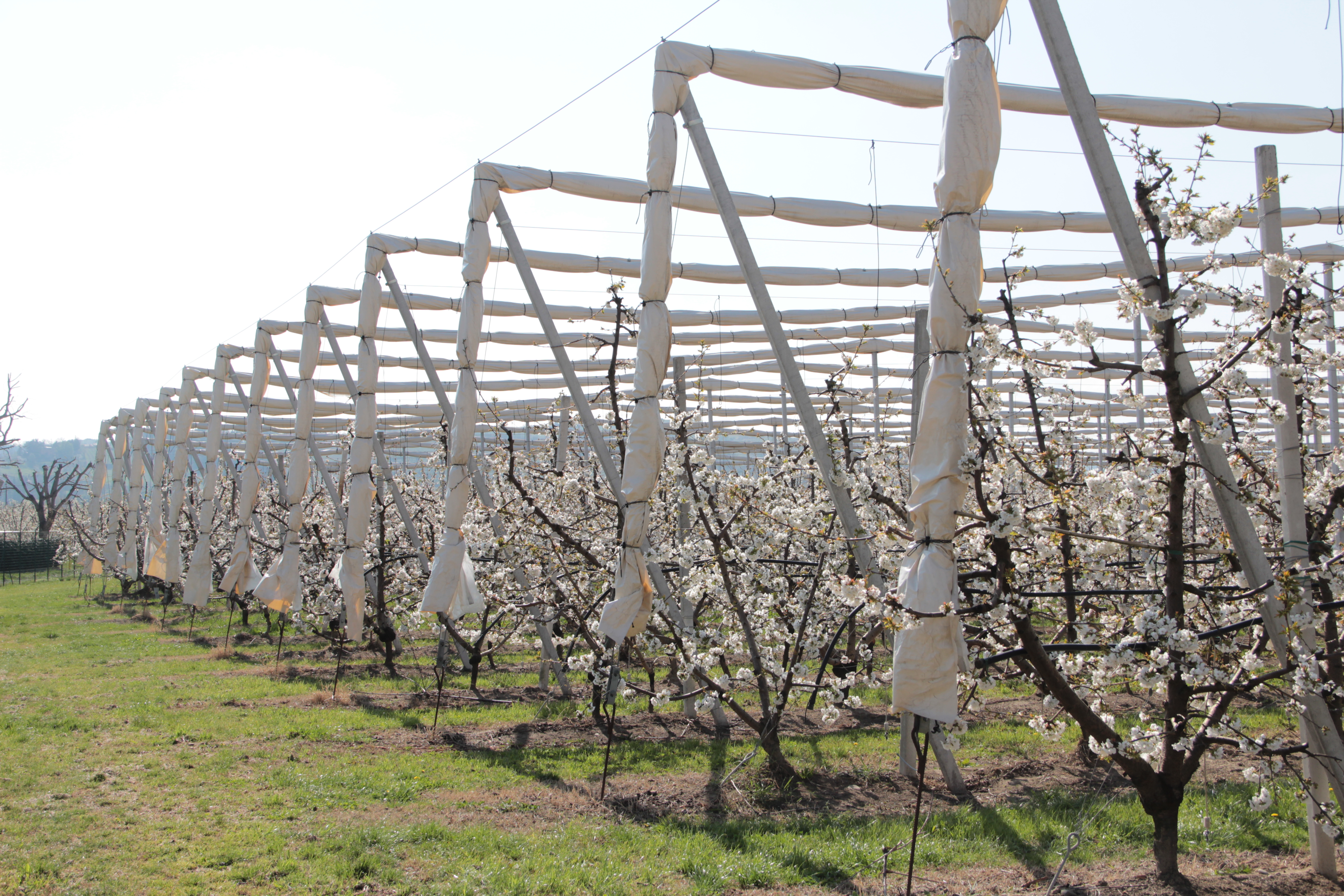The search for more sustainable and eco-friendly alternatives to synthetic pesticides has led to a growing interest in bio-pesticides, particularly terpenes and phenylpropanoids. These secondary metabolites have shown promising results in pest management, especially in controlling Drosophila suzukii, a major pest that affects various fruit crops, including sweet cherry.
A recent study conducted by Brazilian researchers investigated the effectiveness of specific terpenes and phenylpropanoids in controlling D. suzukii and evaluated their effects on non-target organisms, showing interesting results on their potential as bio-pesticides.
The study focused on nine compounds, five terpenes and four phenylpropanoids, assessing their toxicity against adult D. suzukii, as well as their effects on larvae and pupae. The terpenes tested included L-(-)-carvone, carvacrol, 1,8-cineole, β-citronellol, and p-cymene, while the phenylpropanoids examined were eugenol, (E)-anethole, (E)-cinnamaldehyde, and p-anisaldehyde.
Among these, L-(-)-carvone, carvacrol, (E)-anethole, and (E)-cinnamaldehyde exhibited the highest toxicity against D. suzukii, with lethal concentration (LC50) values indicating potential effectiveness in controlling adult flies. Furthermore, these compounds were also tested on D. suzukii larvae and pupae, showing significant mortality and developmental deformities.
The study also explored the sublethal effects of these compounds, particularly their influence on oxidative stress and histopathological changes in adult flies. Exposure to L-(-)-carvone, carvacrol, (E)-anethole, and (E)-cinnamaldehyde affected the activity of detoxifying enzymes such as SOD, CAT, and GST, especially four hours after exposure.
These enzymes play a crucial role in mitigating oxidative stress, and their altered activity suggests that these compounds could induce significant physiological stress in D. suzukii. Moreover, histological analyses revealed that these compounds caused visible changes in the exoskeleton, midgut, hindgut, fat body, and muscle tissues of D. suzukii.
Notably, carvacrol induced the most severe histopathological alterations, including a reduction in exoskeleton thickness and a decrease in carbohydrate concentration in muscle fibers and the fat body.
An essential aspect of developing new bio-pesticides is ensuring they are selective, targeting pests without harming non-target organisms. In this study, the selectivity of the four most toxic compounds was tested on Doru luteipes, a beneficial predator in agroecosystems.
The results were promising, as the survival and feeding capacity of D. luteipes were not significantly affected by exposure to the LC50 and LC90 concentrations of L-(-)-carvone, carvacrol, (E)-anethole, and (E)-cinnamaldehyde. This suggests that these compounds could be used in integrated pest management (IPM) programs with minimal risk to non-target insects.
In conclusion, the study highlights the potential of the molecules L-(-)-carvone, carvacrol, (E)-anethole, and (E)-cinnamaldehyde as effective bio-pesticides for controlling Drosophila suzukii. Their ability to induce mortality and developmental abnormalities, combined with their selectivity towards non-target organisms, positions them as viable alternatives to synthetic pesticides.
However, further studies are necessary to refine their application and understand the long-term implications of their use in agricultural environments. With the growing demand for more sustainable pest management solutions, these compounds may offer a promising alternative.
Source: de Souza, L., das Graças Cardoso, M., Konig, I., de Souza, S. P., Silva, A. L. R., Melo, N., Marucci, C.R., & Haddi, K. (2024). Terpenes and phenylpropanoids for the control of Drosophila suzukii (Diptera: Drosophilidae): Toxicity, oxidative stress, histopathology, and selectivity. Industrial Crops and Products, 220, 119159.
Image: NCCS
Andrea Giovannini
University of Bologna (IT)
Cherry Times - All rights reserved










